MARKET OVERVIEW
The Global Outdoor Living Structures market and its industry represent a formidable constituent of the broader architectural and lifestyle industries, conducive to aesthetics, functionality, and innovation. This market will witness increasing growth owing to the consumers' demand for outdoor spaces that are cozy, fashionable, and practical, in tune with their homes and commercial setups. The automatic living structures consist of a whole vocabulary of installations, including pergolas, gazebos, pavilions, awnings, cabanas, and the decks, giving weight to an external environment enriched from the standpoint of relaxation, entertainment, and socialization.
The Global Outdoor Living Structures market goes beyond the realm of garden decoration. The scope spells different types of architecture, for use in residential as well as commercial situations. These structures will provide shade and protection and enlarge living areas by creating useful open-air habitats. With modern lifestyles devoting more time to outdoor leisure and al fresco living, the sophisticated demand for outdoor installations will then develop. These market sectors will consider the changes in likes and dislikes of homeowners and businessmen alike about modernistic design, durable materials, and technology that satisfies the demands of style and functionality.
Customization and versatility will have a defining presence in these business offerings. Consumers will seek design options that cater to their personal sensibilities and needs, whereas companies will seek structures that enhance customer experience and brand exposure. The industry will be inflating to the preference of sustainable materials and eco-friendly solutions as another reaction to global awareness concerning the environment and the quest for energy-efficient outdoor products.
Global Outdoor living Structures market is estimated to reach $3,777.16 Million by 2032; growing at a CAGR of 6.3% from 2025 to 2032.
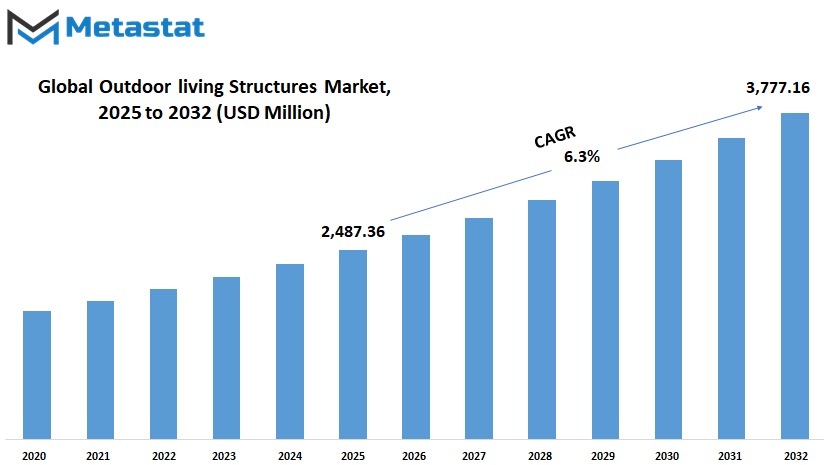
GROWTH FACTORS
The global outdoor living structures market, as we expect that the market will grow significantly over time. This is due to rapidly changing lifestyles and consumer-specific preferences. Technology and convenience are becoming of value for people, who prefer mostly contemporary styles and new cultural trends. Many homeowners see housing as a living experience that is not limited to the four walls, and hence would like to extend their living space beyond the edges of their house walls, and thus, have great outdoor areas.
There does seem to be a continuing trend toward these situations and new designs for residential houses as the wider world keeps changing and as lifestyles become simpler. With that kind of a shift in the style we are working on, outdoor living contemporary kitchen designs might already be thought of as relatively divergent in terms of style from the idea of recreational space. Oftentimes, these areas were added to an existing house as its extensions.
A significant factor of growth is the continued high demand regarding areas that cater to outdoor entertainment. Many people are adopting these inclusions-from such topside appointments as patios, decks, pergolas, and gazebos-to spice up their space for relaxation, hosting gatherings, or spending quality time with family or friends. The trend is the installation of outdoor kitchen with fire pit and laid-back seating areas, which has been an enormous draw for social meets and personal unwinding. The expansion of the market is to be evaluated through expectant growth of interest in well equipped and stylish outdoor spaces.
Following from it is the fact that building new homes or renovating current homes will increase demand for outdoor living structures. Associations and value appreciations from domestic areas seem to be the chief motivation. Designers are all ready to integrate outdoor living elements into the development of their proposed facilities in order to bring about transformations and the innovation of the market.
MARKET SEGMENTATION
By Type
Global Outdoor Living Structures Industry is poised to experience profound growth in the forecast period as the tendency towards creating lavish outdoor spaces continues to grow. Today with more and more such design of homes taking shape; backyards, gardens and patios are becoming all the more amenable, sometimes with structural additions that are multi-systems. Residential amenities have noticed a change in use scenes an increased interest and implementation of outdoor living has come up with so many innovative structures.
Included in the utility goodies for the backyard which were still in demand even in the eighteenth century of Jane Austen are traditional structures - pergolas. While comfortably satisfying the need for partial shading in external spaces, pergolas usually subdivide these places making the atmosphere even more graceful without, however, preventing the penetration of the natural light and the ‘open air’.
Intermittently, styles and tastes undergo mutations and today’s benches and similar structures are constructed and composite type connected with clever designs of coverings already categorized modern or innovative that holds several functional elements in addition to them especially for additional safety. These last features can be considered as improvements over the earlier structures, which are decorative as well as useful, but providing only summer services.
Gazebos are shelters that go on for infinite periods of time within the garden space. While gravitating towards these types of structures and their more indoor quality, microliving came rather into fashion. Ideas of compartmentalization or indoor zoning will continue in the construction sector even after 2022. Such conditions may require the presence of d of changes in size and variety of subdivisions, organization of pergolas and canopies, and supply of spaces. This can be viewed as an improvement in constructions, as it addresses the needs of users who require longstanding dignity and safety under the sun.
The resort construction of 2015-2017-2018 comes to the construction of two-storey buildings – hotels, mini-hotels, house complexes, the exception being large beach clubs and hotels in mineral waters, where they are allowed. Such additions go one step further to enhance the service quality levels of these resorts. Various technical skills are very necessary in this situation. Resort guests will have the better name if most green spaces are removed from their ad measures Community. Such changes made plants, shrubs, and trees even more in duration. In the construction of hotels – three-storey buildings, with some of them being of cabin type, these are built in places where there are ski resorts.
There are a lot of constraints in this sector regarding the use of available space, the remaining green space and the conflicts that arise when dealing with the historical city center. Out of all the controversies that attend the industry, internal management deserves unique attention. The first proposed restriction relates to the construction of several houses in the already existing development areas with green zones, particularly the housing estates near Kharkiv.
The problems of tourist infrastructure in Bessarabia region are particularly acute, given that, until quite recently, it was part of Odessa region. It is to be recalled that one of the branches of the historic silk road went through this region. Ukrainian tourist market is developing and social relations are transforming as well. Nevertheless, the pressure on the clean sky and the use of natural resources by Western and eastern countries have increased rather than decreased in recent times.
By Material
The Usage of Lots of Practices in the Context of the Modern Face of Bullying Increases in the Past Two Decades. This Rise in the Concerning Rise in Bullying Activities: The Human Element which results from the abuse of technological advancements such as that proponents of it tend to manipulate social standing through secured mean means. The interpretation of this term is as follows. When people view other human beings for what they are worth, their understanding is that cyberbullying is a technical that is used to offer false information without an individuals consent. This problem is becoming prevalent because some people think that form of bullying is better than physical bullying which is not true.
This communication technology is an online technological system that includes the tools or apparatus (electronic devices) and the features or characteristics within the hardware and its software applications. Such devices include cell phones, laptop, computers and much more. Additionally, home theater and printers can also be part of this system.
By Distribution Channel
Global Outdoor Living Structures market is poised to grow in consideration of consumers who are increasingly placing importance on creating functional yet stylish outdoor living spaces. This trend shows a clear push towards having a longer living area outside the walls of a home-namely, turning patios, gardens, and backyards into more unified, inviting areas.
Consequently, there builds a clamor for well-designed outdoor structures such as pergolas, gazebos, and pavilions, whether that is independently or together with ornamentation. Consequently, the growth market in this area-in product range and detail-is also contained in aesthetics, the desire for objects to "blend" subtly with their surroundings. The need for good durability would also lead demand forwards.
Lifestyles have evolved such that, to begin with, outdoor areas have annexed themselves to the comfort of the indoor areas of these homes: resting, entertaining, having fun, and enjoying social lenders. Moreover, the distribution channels through which consumers are exposed to these products are important in the future definition of the outdoor living structures market.
Thus, the suppliers will be heavily influenced by the fact that, on the one hand, Internet providers are experiencing increasing demand, in particular, because of the increased ease these channels afford. Today customers can explore and compare the prices of numerous outdoor structures and read other people's opinions without leaving their homes.
Furthermore, the majority of online platforms can comprehensively respond to queries, provide information, and catalogue images of a product for informed decision-making. Dependency on e-commerce will profoundly cause these distributional entities to advance, therefore make online traders further extend their presence and, above all, expedite services, enhancing the deliverance promises that they can make to clients.
In addition, trade specialist outlets form a powerful base for the high-priced sector: outlets in this segment tend to seek after such consumers who quite reasonably appreciate competent advice for the price and whose need for intensive product testing corresponds to their needs. At these stores, therefore, the client can touch the material firsthand; ask as many questions as necessary; and get the information that was missing. Often, extra services-creativity are:
By End Users
In the next few years, experts predict that the global outdoor living structures market will experience significant growth, enabled by the changing lifestyle and the increasing preference of consumers to quickly and economically expand and refurbish their outdoor areas – be it residential or commercial. The simple desire of people to be able to find simultaneously convenience, functionality and beauty, not only within their living premises, naturally translates to the home and office outside areas. That we can also call as an entire economy on outsourcing. The growth in demand all the same contains features which mold and predict how the future market will look like while various factors are in operation.
A very significant market here is the residential market. Home-owners, for example, are buying increasingly such outdoor structures as pergolas, and gazebos, and decks, and patios, as they are customizing sections for relaxation or even entertainment, in doing so. The appeal of outdoor areas without flaws and overlooking comfort and practicality has led to the design of newer designs if ever, as well as more advanced and stronger materials. In time, such spaces might be done with smart technology to a greater extent, such as with components such as automatic lighting, air conditioning and heating, and entertainment systems which work complement outdoor fireplaces.
Non-residential buildings also turn things around in the competitive market. Regardless of age, all services, such as those offered by restaurants and retail shops, prefer to have creative services that serve them within their thresholds. Open air sitting solutions, classy hoods and beautiful terraces relieve the visitors but also increase the internal capacities. With competition and workplace enhancers designers out, demand of the durable and modify able structures also increases.
Hospitality is all another industry that is driving the market of the Global Outdoor Living Structures around the world. Hotels, resorts, vacation rentals, etc., are now more inclined to beauty and addressing outdoor needs. From poolside cabanas to opulent outdoor lounges, the hospitality industry understands and finds appealing such frames providing good looks and utility. This is expected to influence the future choice of materials and construction in terms of bringing up sustainability and eco-friendly design, in line with the industry commitment to environmental responsibility.
Public parks and recreational areas have been said to offer market growth. Investments are now taking place in the development of pavilions, picnic shelters, and shaded seating areas in communitarian spaces by governments and local authorities. These enhancements encourage the outdoor works and social functions that render public spaces such an irresistible access point. As the urbanization proceeds, the need for such appealing public areas will only rise.
Even educational institutions have taken up outdoor learning environments for enhanced learning, hence a mass production of outdoor classrooms, seating and shade structures. Schools and universities have been investing in designing such an environment good enough to have a place in students' study and leisure. In keeping with this general movement, it serves a need for setting up very open, inclusive learning environments that focus on well-being and creativity.
|
Forecast Period |
2025-2032 |
|
Market Size in 2025 |
$2,487.36 million |
|
Market Size by 2032 |
$3,777.16 Million |
|
Growth Rate from 2025 to 2032 |
6.3% |
|
Base Year |
2024 |
|
Regions Covered |
North America, Europe, Asia-Pacific, South America, Middle East & Africa |
REGIONAL ANALYSIS
Improvements in these areas are what shift persons' viewpoints to the desire to have an outdoor part, which increases space for relaxing, recreation, chores, or even significantly large forms of entertainment. Technical development has also across the globe made sense in moving lifestyles around the dream of tomorrow about outdoor areas.
It plays a significant role in the Global Outdoor Living Structures market's development aside from this North American phenomenon. The most developed markets-particularly the US, Canada, and now Mexico-have seen record home improvements. As the landscape becomes increasingly established outdoor room is expected to closely resemble some indoor living space arrangements that include a significant share of comfort and beauty. The huge demand for things like pergolas, gazebos, etc. betrays those looking for an expansion of their living areas out of the house. And most likely, this trend will extend also to coaching spaces.
In Europe, the market is inspired by an interesting blend of the old and the new when it comes to building structures for outdoor habitation. The United Kingdom, Germany, France, and Italy have recognized outdoor spaces as cool places to relax in and have therefore come up with outdoor structures that are functional as well as stylish.
Outdoor gatherings and garden spaces have become more popular: the region mostly lends itself to the enjoyment of outdoor gatherings and garden spaces. Climate changes also influence homeowners to prefer such durable and indestructible designs that can endure different seasons. As sustainability is a huge issue these days, folks of all regions really take outdoor living seriously.
One part of the world that really shines in the recent years as the area the Asia-Pacific is to effectively serve as the battleground for this sector will be efforts aimed to lure lucrative players and fast-growing end-users of the Global Outdoor Living Structures Market.
Countries like China, India, Japan, and South Korea are investing heavily in advanced infrastructure and urban development while at the same time fostering a huge interest in outdoor living solutions. It's remarkable because increased consumption comes with a growing middle-class population who can already enjoy more since they have additional disposable incomes.
Outdoor structures which are in reality customizable and feature increased comfort instead of merely functioning, perfectly reflect the burgeoning trend and are increasingly found to be a much-adored part of residential, resort, and commercial establishments.
The region's diversity in climatic conditions also affects the design of the outdoor structures and the building materials needed, thus making adaptability as a major focus of the structure.
Further, South America is also making great prospects in outdoor living markets. It is all about local countries like Brazil and Argentina, where the vibrant outdoor culture is quite common and, hence, most projects selected here are modest and ambitious. They are a mix of traditional designs and modern inventions, both on urban and rural grounds.
Middle Eastern and African markets are expanding in their demand cadres for extravagant projects focused on outdoor living in unprecedented weather conditions. Such design endeavors are being spearheaded by the GCC, Egypt, and South Africa in luxurious outdoor designs, with each little adaptation signifying a cross-breeding culture with modern sentiments. The region of reference is spotted with burgeoning tourism industry and urbanizing towns culminating in greater prospects for market growth.
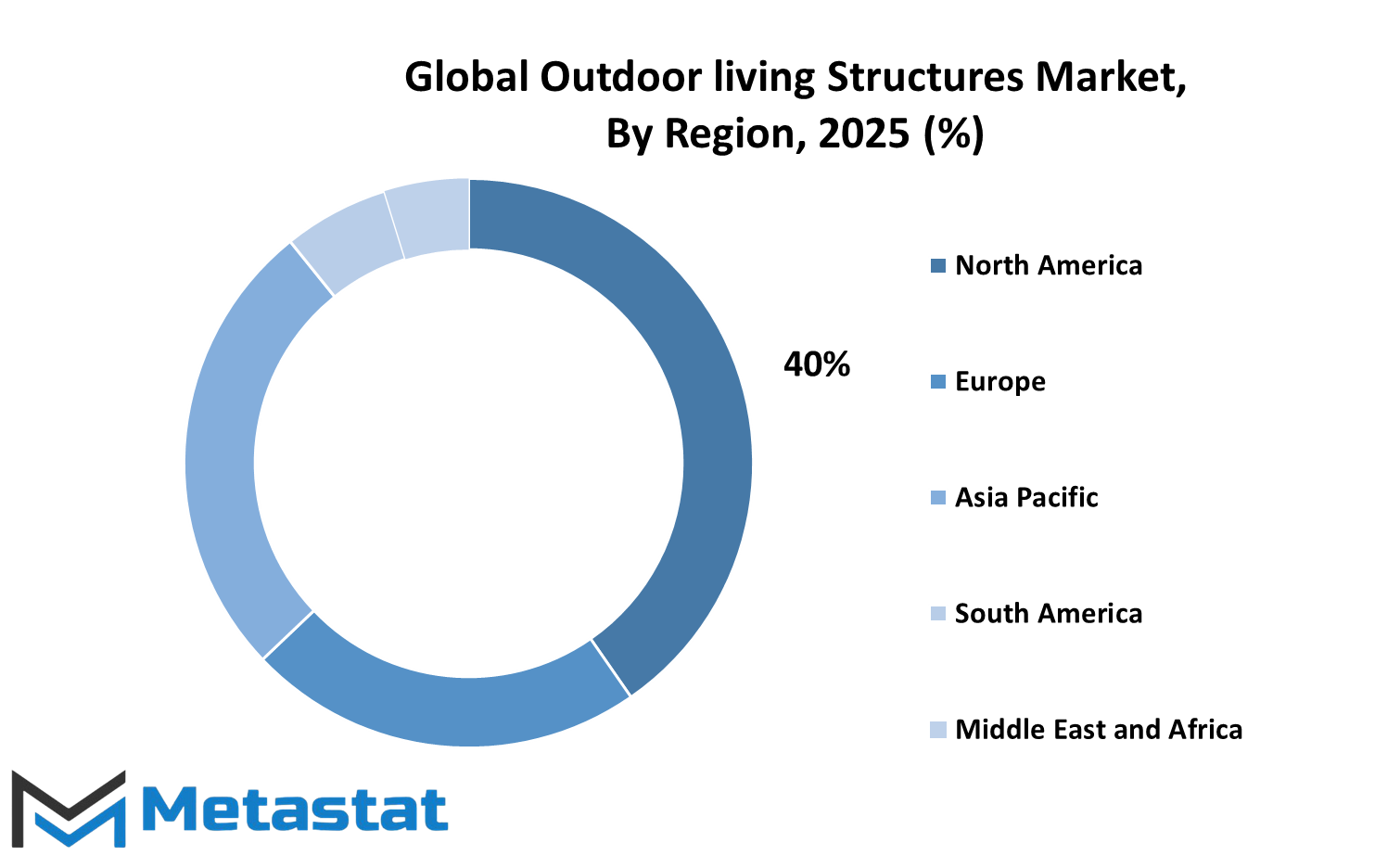
COMPETITIVE PLAYERS
Consumer interest to enlarge their outside living spaces every year extensively paves way to market growth for the world's outdoor living structures. Today they see comfort priorities, design requirements, and functionality, creating emphasis on outdoor living, furniture like pergolas, gazebos, awnings, and patio furniture. This shift encourages product variation and ultimately drives down prices, positioning the big players in the competition to come up with undiscovered design and improved product quality providing the new demands.
With special reference to what these companies mean to the industry, some of the main ones absorbing the outdoor living structure market are Absolute Outdoor Living, Renson Inc., and Brown Jordan Inc. These companies are mainly celebrating their dedication to workmanship alongside blending aesthetics and practicality at the same time. They market many products to convert any outdoor setup into a comfortable and very stylish one. Barbecues Galore or Corradi concentrate mostly on creating products that increase the value of equity in terms of seating comforts allowing guests to hang out and relax.
All of this force has a following among those members wanting to make the transition to an improvement of their outdoor kitchens or shade management systems. By doing customization with the outdoor space they install and design, Scandia Canada Ltd. and Luxos are top of their design in bringing different climates and preferences into play among their designs, offering a new approach to outdoor design.
Known in manufacturing Baldwin Lawn Furniture and Pergolas LLC furnish; these two companies have yet to strike the company by meeting high-quality standards but as worthy rivals. Meanwhile, Pavion Corp. and Sunesta are more focused on providing shading systems that are not only functional and long-lasting but could be owners with the guarantee that their outdoor spaces may still be comfortable for use in various weather conditions.
Gibus S.p.A., ALUK and other European firms have become well known for peculiar stylish and modern designs in all their projects. Even in the fine engineering of their creations, nothing has been overlooked to ensure its clients' tastes are satisfied. These are the products mainly targeting the new homeowners who will want a more current setting for their beautiful outdoor experiences. One of the companies that are worth noting is Trex Company, Inc. for its drive towards eco-friendly solutions and Green buildings that are stylish with modern architecture at no extra cost.
Due to such competing environment, it is felt that there is still a role for these companies to play, in shaping greater environment, advance materials particularly in technology aspects, particularly the outdoor living solutions that seem to be too smart with the automatic pergolas and the controlled spaces used whether people are in or outside of the house. Furthermore, it is expected that the attention towards limiting environmental damage will also increase with some of the other companies focusing on green products and efficient technologies.
However, the race is forthcoming, which will bring newer designs for outdoor living structures with more enhanced looks, functionalities as well as beautification. As individuals adopt more use of the outside space, the Worldwide Outdoor Living Structures market remains an exciting one, with the promise of plenty of ingenuity and skills to be put into the market by the leading players.
Outdoor living Structures Market Key Segments:
By Type
- Pergolas
- Gazebos
- Patios
- Decks
- Awnings
- Canopies
- Cabanas
- Pavilions
By Material
- Wood
- Metal
- Vinyl
- Composite
- Fabric
By Distribution Channel
- Online Retailers
- Specialty Stores
- Home Improvement Centers
- Direct Sales
By End Users
- Residential
- Commercial
- Hospitality
- Public Parks and Recreation
- Educational Institutions
Key Global Outdoor living Structures Industry Players
- Absolute Outdoor Living
- Renson Inc
- Brown Jordan Inc.
- Barbeques Galore
- Corradi
- Scandia Canada Ltd.
- Luxos
- Baldwin Lawn Furniture and Pergolas LLC
- Pavion Corp.
- Sunesta
- Gibus S.p.A.
- ALUK
- Trex Company, Inc.
WHAT REPORT PROVIDES
- Full in-depth analysis of the parent Industry
- Important changes in market and its dynamics
- Segmentation details of the market
- Former, on-going, and projected market analysis in terms of volume and value
- Assessment of niche industry developments
- Market share analysis
- Key strategies of major players
- Emerging segments and regional growth potential



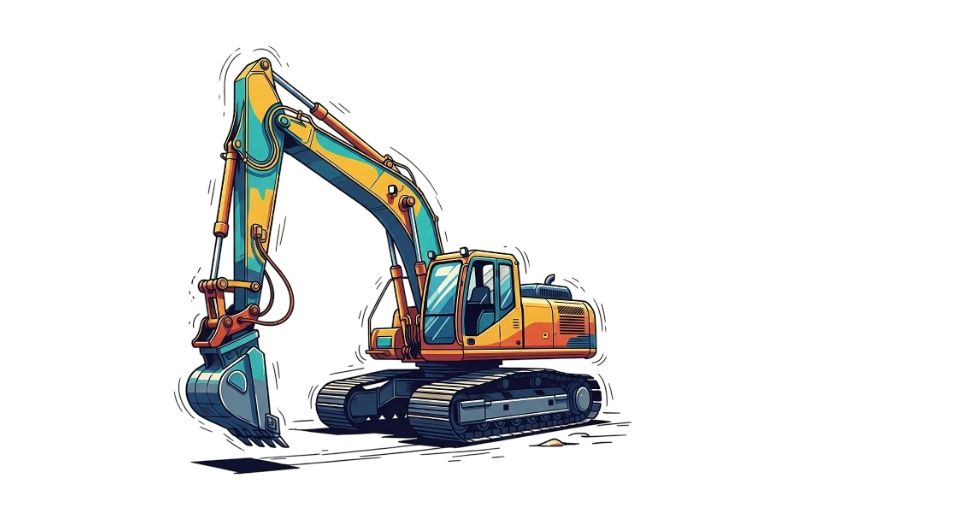
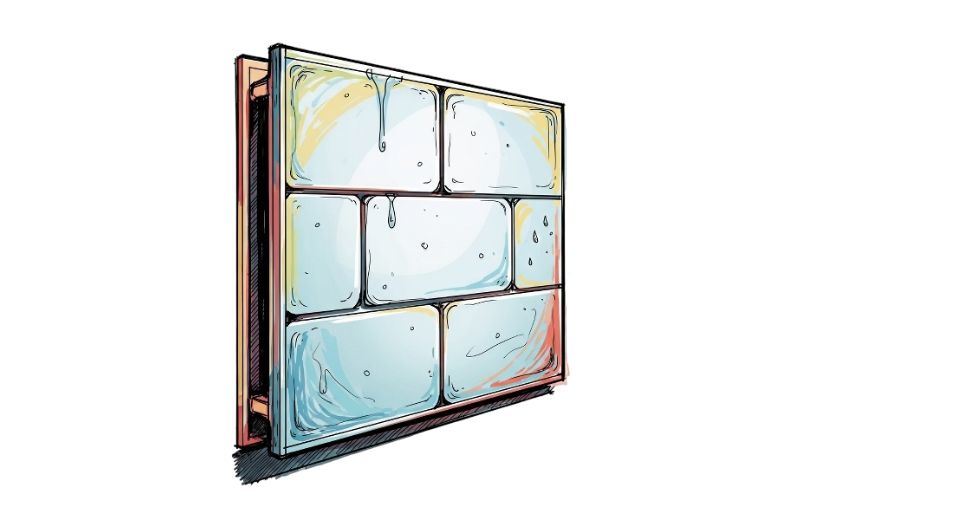
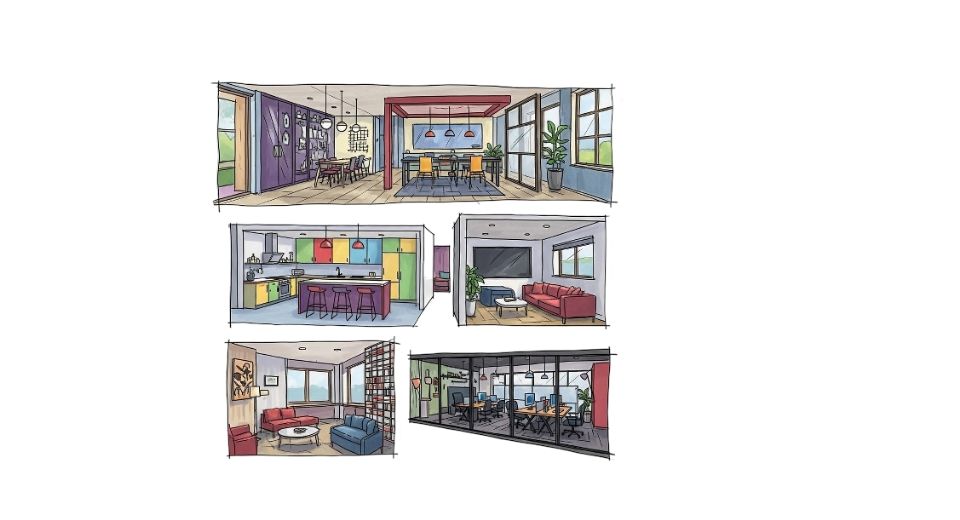
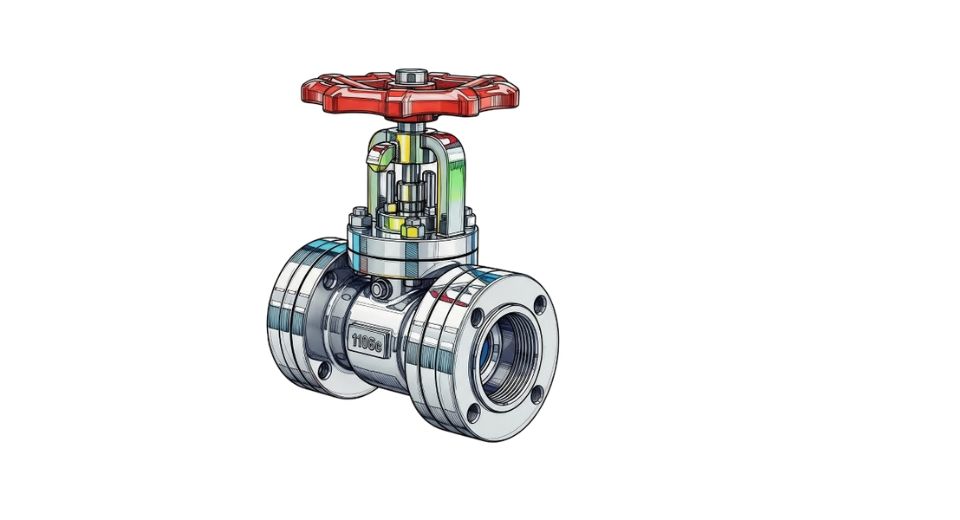

 US: +1 3023308252
US: +1 3023308252






